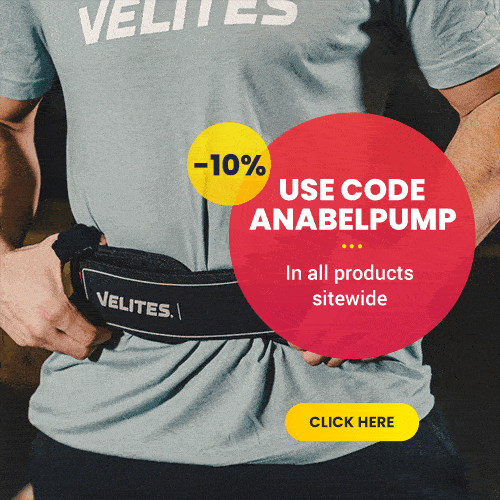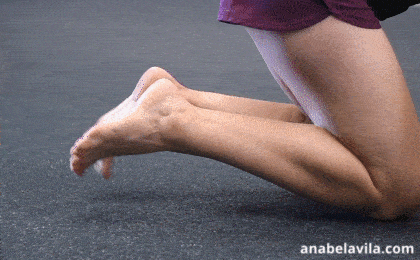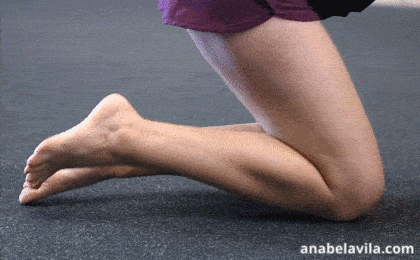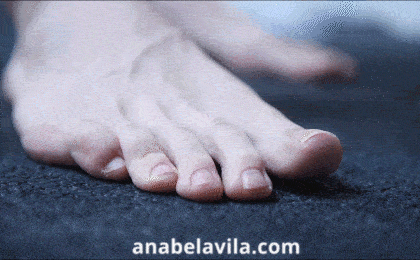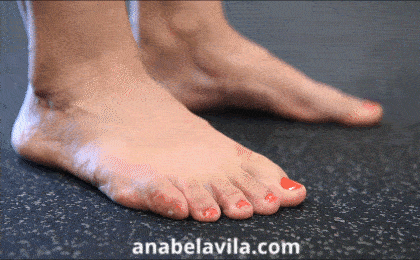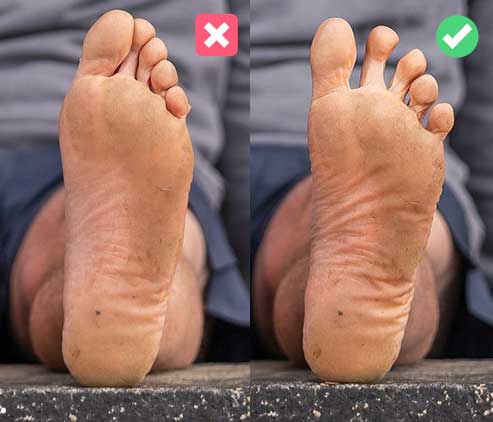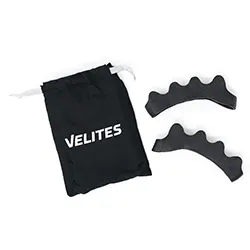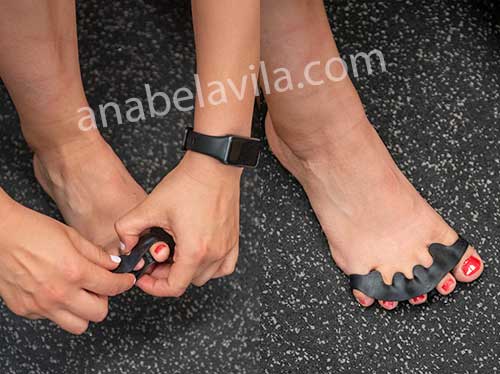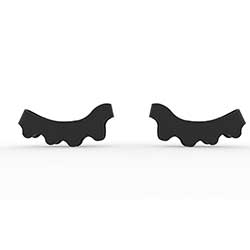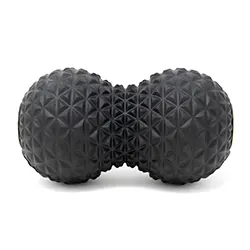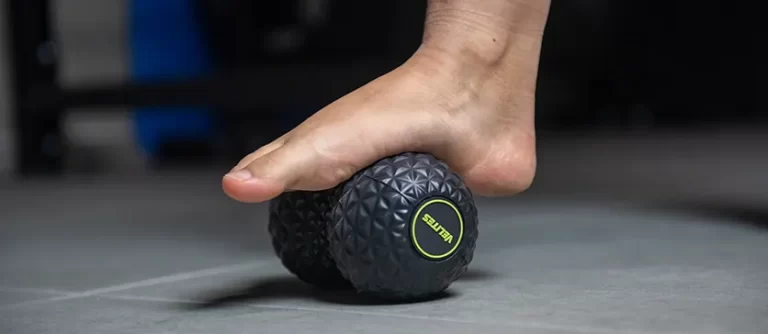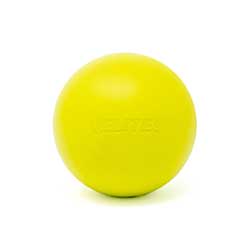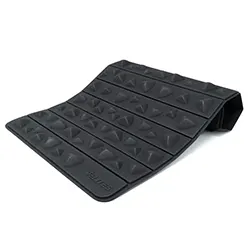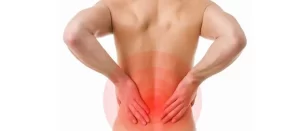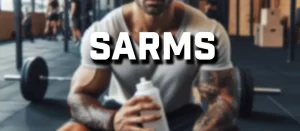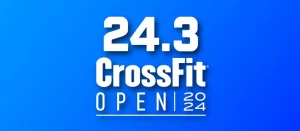Benefits of spreading your toes
Our feet are in charge of supporting us throughout the day and taking us wherever we want to go.
In this post I will teach you the importance of freeing your feet and the best techniques to transition to a healthier foot.
Healthy feet test
Do you think you have healthy feet? I challenge you to do these moves as you read this article.
They look easy, but do you get through them without any problems?
Can you sit comfortably on your knees with your instep on the floor?
Can you sit comfortably on your knees supporting your fingers?
Can you move your toes independently?
Incredible as it may seem to you, we should be able to move with the same control and independence as those of the hands.
It is considered good if you are able to move your big toe independently of the rest.
If you have not passed the test and have encountered difficulty, read on to learn how to improve the mobility in your feet with the exercises I propose below.
What does a natural foot look like?
A natural foot is one that has not been deformed by the use of footwear. It is wide at the base and has separation between the toes, especially between the big toe and the rest, creating more stability and adaptability to different surfaces.
The foot is made up of 33 joints, 26 bones and more than 100 tendons, muscles and ligaments. It is very important that all components fit together correctly between them so that they function in a healthy way.
When we use for most of the day footwear that is also not respectful (more on the characteristics of this type of shoe later). we atrophy this entire structure which is becoming weak and losing functionality.
What to do to restore healthy feet?
Not all damage is repairable, but your feet can reverse part of it and return to better structure, toe clearance and functionality.
After having been wearing shoes with cushioning, structures and compression, they need an adaptation process before jumping right into walking or running without barriers.
Use a finger spreader
Velites
Velites is a Spanish brand that has recently launched its version of these foot separators.
With them you enjoy fast shipping and secure shopping.
Its benefits are:
You can do this manually, but this gadget helps you to do it for a longer time, since you do it passively.
It is recommended that you use at the beginning for 10 minutes and according to the sensations you decide to increase progressively.
At first it may be an uncomfortable sensation and you may even notice cramps if your toes were very atrophied. People with less atrophied feet notice that their feet feel more relaxed after using it.
Toe spacer
The Toe Spacer was the first brand to market this rubber foot separator in the CrossFit industry.
We are starting to see CrossFit athletes such as Bjorgorgvin K. Gudmundsson, Danielle Brandon or Alec Smith talking about finger separators, a device to improve foot mobilitywhich are usually tight inside the shoe.
It's easy to overlook the things we should be doing to ensure our feet have as much mobility as possible. From the toes to the ankles and all the way up. I'd like to think I've spent more time than average on any kind of mobility exercises, but I still got a few surprises when I started using "The Toe spacer" and began to further investigate the benefits of using this device on a regular basis.
It took a bit of discipline to start using it and within the first week I found that after 10 minutes I couldn't wait to get this thing off my feet. After that it has become one of the most comfortable things I do to take my shoes off and slide these things on my feet. I do specific warm-up exercises with the Toespacer on, and sometimes I also do a mobility routine, barefoot with the Toespacer on after the workout.
- ✅ RELIABLE TOE SEPARATORS - The toe separators...
- ✅ COVERS PRESSURE POINTS - These toe separators open...
- PACKAGE CONTENTS - The set contains 3 pairs (6 pieces) Finger Separator...
- ✅IDEAL FIT - By the soft and deformable soft silicone gel fits this...
Exercises to rehabilitate the feet
Do specific exercises to strengthen and extend range of motion.
Open your fingers
Spread them as far apart as you can. You will probably have to concentrate hard to send to find that missing signal in your brain that sends to your muscles. It exists, even if it doesn't seem like it right now.
Be patient, at first most realize that they are only able to bend or lift them, but not open them.
Move them independently
Try to lift your big toe, keeping the rest on the floor. And the other way around, keep the big toe on the floor and lift the rest. See how it is shown in the pictures at the beginning of this article.
Deep squat with movement
Practice the squat This is a deep exercise that we usually do in the box to warm up hip and ankle mobility, but do it barefoot and move your weight in different directions. It's intense, hold for as long as you can.
Forces a different footprint
Make like a child, walk barefoot and play. Support the foot in different ways, on the inside, outside, on tiptoe, with the heels...
Stimulates the entire foot
We are accustomed to walking on smooth, flat surfaces that have withdrawn a variety of stimuli from our feet, which are actually designed to move over all types of terrain.
Use a lacrosse ball to massage the sole of the foot. This exercise activates your proprioceptive system, recovers sensitivity and mobility by releasing the fascia. In this post we cover the details of the myofascial massage.
Here are a couple of options. The more varied the stimulus the better:
Why not always wear shoes?
We walked barefoot for millions of years until we invented shoes that caught them. What was supposed to be a step forward in comfort turned out to be a backward step in health because:
Take back your nature and feel again the pleasure of walking barefoot.
It doesn't mean that you won't wear sneakers again, but keeping in mind all of the above:
Walk barefoot
Whenever you can, this is the best way to treat your feet, set them free!
At home, you can use the Rock Mat therapeutic mat made of firm foam that applies pressure to specific parts of the sole of the foot. Its benefits:
- Relieves tension
- Stimulates thousands of nerve endings
- Training proprioception
- Improves circulation
- Promotes relaxation and reduces pain
At least at home you should not wear shoes. The next step would be to take advantage of walks in nature (beach, grassy areas) to recover our natural feet.
In addition, having your feet in direct contact with nature (known as earthing/grounding) has extra benefits for your health.
What is respectful footwear?
Respectful footwear is a minimalist footwear that will help you when you can't go barefoot knowing that at least you have chosen a good shoe.. This type of shoe allows you to continue to have normal foot functionality while offering protection, but without altering the basic movement pattern.
Requirements for this footwear:
- Wide toeThe first thing to do is not to compress the fingers and push the big toe towards the center.
- Flexibleshould not restrict the movement of the foot in any direction.
- Minimum droprefers to the heel rise (difference between the heel and the metatarsal). The ideal would be zero, but conventional shoes usually have a drop. But it is advisable to make a gradual reduction, a good starting point is to reduce the heel drop by 4-8 mm.
- No cushioningthin sole, which protects, but at the same time allows you to feel the ground.
